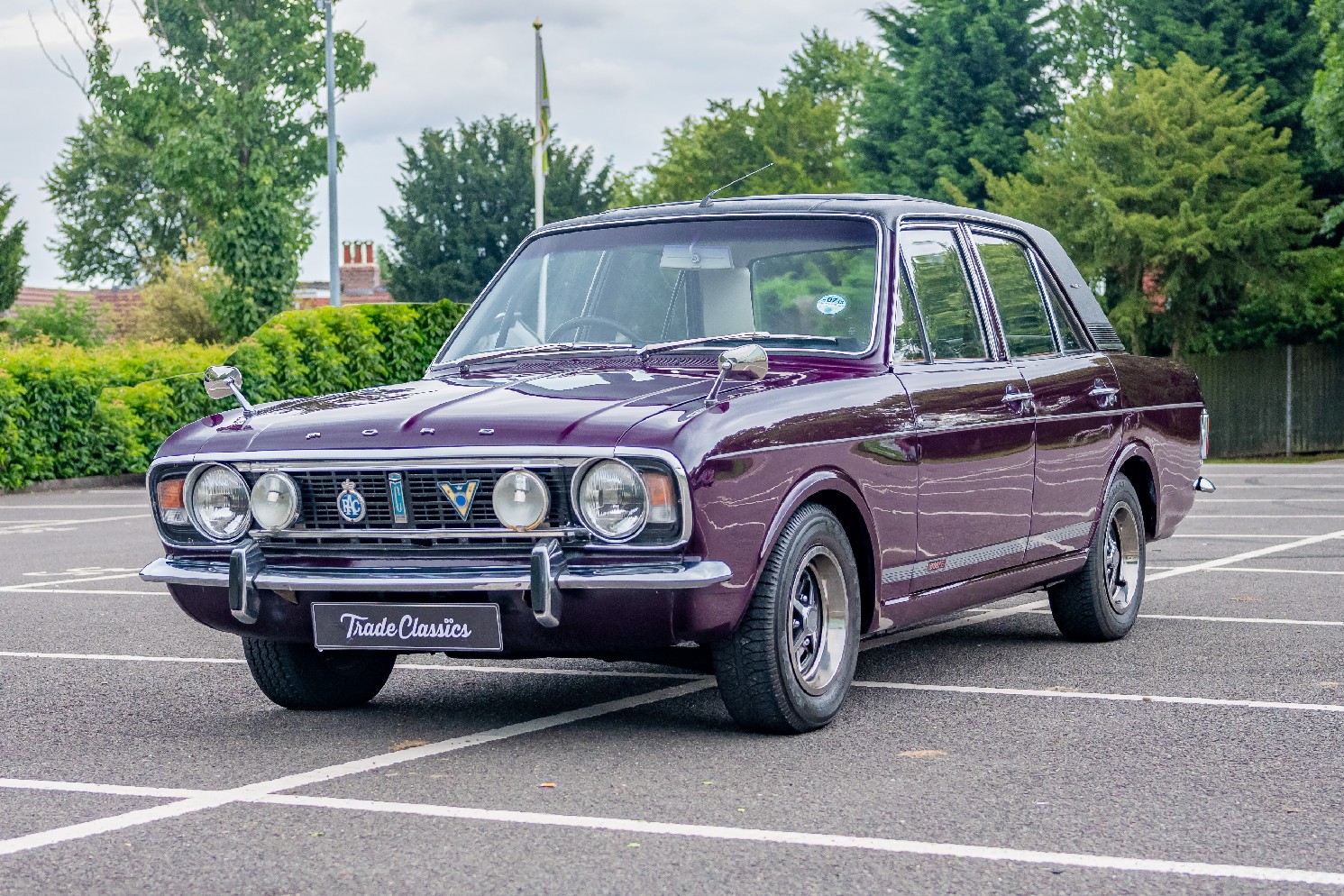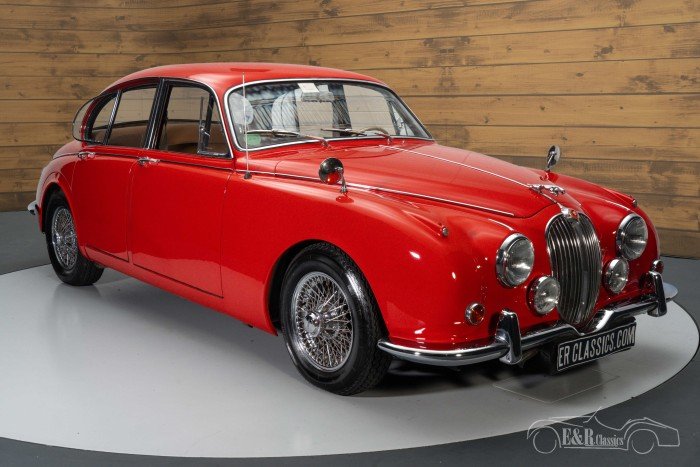The goal of these tiny cars, which were all designed to offer elegance in a small package, was to satisfy the notion that a little bit of luxury is always welcome. Many automakers have provided their own versions of luxury in a compact package, but coachbuilders have also produced more customized solutions.
Austin Seven Swallow:

Swallow had plans for a more opulent version of the Austin Seven, which popularized driving in the UK. Two-tone paint schemes were popular, and a whole new body made of aluminium was produced by William Lyons and William Walmsley's Blackpool coachbuilding company. The normal Austin painted-metal panel was replaced with a wooden dashboard inside the little Swallow. In order to increase comfort, the front seats also had greater padding. Initially available as a two-seat roadster in 1927, Swallow's premium take on the Austin Seven was later expanded to include a saloon in 1928. Roughly 2500 Austin Seven Swallows are estimated to have been produced.
BMW 2002:
A tiny automobile with lots of appeal was created by BMW in 2002 by deftly simplifying the appearance of its huge executive cars. Although the 2002 had a more powerful and larger engine than the 1602, it yet had a noticeable sporting edge and was more opulent because to its increase in refinement. An optional sunroof, radio, leather upholstery, velour carpeting, tinted windows, and headrests may give even more comfort to the '02. To show off your car's uniqueness to the world, you might also go for metallic paint and alloy wheels for an additional expense. A tiny automobile with lots of appeal was created by BMW in 2002 by deftly simplifying the appearance of its huge executive cars. Although the 2002 had a more powerful and larger engine than the 1602, it yet had a noticeable sporting edge and was more opulent because to its increase in refinement. An optional sunroof, radio, leather upholstery, velour carpeting, tinted windows, and headrests may give even more comfort to the '02. To show off your car's uniqueness to the world, you might also go for metallic paint and alloy wheels for an additional expense.
Cadillac Cimarron:

Cadillac nonetheless had to provide the luxury and comfort that people anticipated from a vehicle bearing the renowned mark when it decided to add a compact sedan to its lineup in 1981. This was the case with the Cimarron.
The Cimarron, which shared a base with other small General Motors saloons, was available with 1.8- or 2-liter four-cylinder engines, or a 2.8-liter V6 for a more leisurely drive. Although there were manual gearbox options, the three-speed auto was chosen by the majority of buyers. All Cimarron models included deep pile carpets, air conditioning, and additional sound deadening for the passenger area to ensure they lived up to consumer expectations. Throughout the Cimarron's lifespan, leather upholstery was an option, but features like touch-control climate control and electrically adjustable side mirrors became standard.
Facel Vega Facellia:
Although the Facel Vega is one of the most gorgeous automobiles ever made, even the French company realized it required a lesser model to stay in business. The Facellia was introduced as a result in 1959. With its attractive appearance and cheaper price—nearly half that of a new Facel II—it should have been an immediate hit. The Facellia's interior featured leather trim, a radio, and a painted metal dash that gave it the same wood-effect look as its larger siblings. But the Facellia's problematic 1.6-liter engine destroyed the business with costly warranty claims, and switching to a Volvo engine was not even going to keep it from going bankrupt.
Ford Cortina 1600E:

As evidenced by the Cortina 1600E, Ford had a remarkable ability to predict what customers desired from its vehicles. The 1600E provided a taste of luxury driving, while the majority of Cortinas were workhorses, thanks to its 1.6-liter engine with more power, lowered suspension inspired by the Lotus version, front fog lights, and stylish Ro Style wheels. Additionally, leather-trimmed seats, wood-grained door capping and dash, and a sportier steering wheel were added by Ford to the interior, which already had more instrumentation than other Cortinas. Ford intended for the 1600E to stand out in a busy parking lot and make its driver feel special. This capability allowed Ford to charge a premium for the model. Additionally, the 1600E was available in various bolder exterior colours.
Jaguar Mk2:

The 1959 Mk2 was the Jaguar that truly caught people's attention and wallets, even though the original Mk1 was a sleek, capable, little luxury saloon. The Mk2 therefore sold over twice as many units during its production life as its predecessor. It makes sense that the Mk2's allure drew in so many. It is a lot more compact and nimbler vehicle, yet it still boasts all the wood and leather cabin amenities you would expect from a full-size Jaguar saloon. The Daimler V8 250 version's 2.5 V8 engine, or the XK six-cylinder engine used in the Mk2 made it a practical four-door car with more than enough performance to maintain Jaguar's reputation as a sports car.
FAQs
What is the best beginner luxury car?
The Lexus is the most ideal decision for drivers who need a dependable and agreeable extravagance vehicle. The Alfa Romeo Giulia is the most ideal decision for drivers who need an energetic and in vogue driving experience. The Audi A4 is the most ideal decision for drivers who need a rich and innovatively progressed driving experience.
What is the safest small luxury car?
The BMW 3-series, Audi A5 Sportback, Audi A4, Volvo S60, Kia Stinger, Lexus IS, and Cadillac CT5 all procured a five-star generally evaluating for crash security from the NHTSA.




